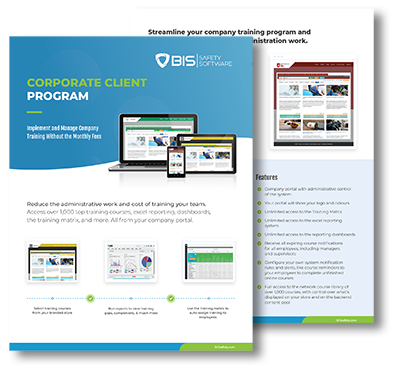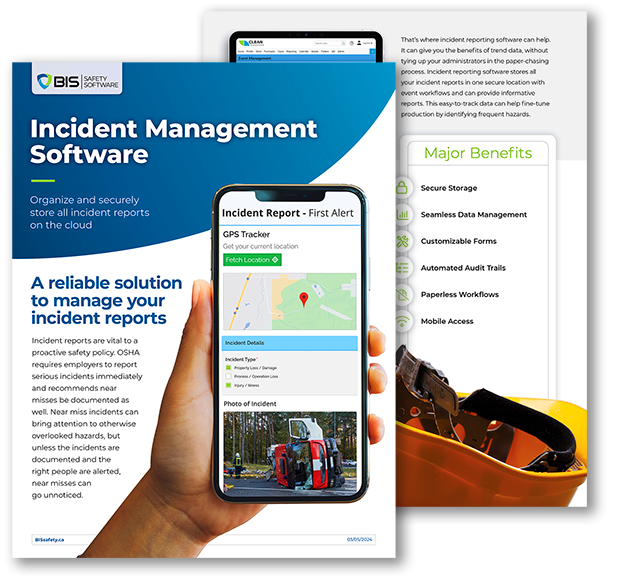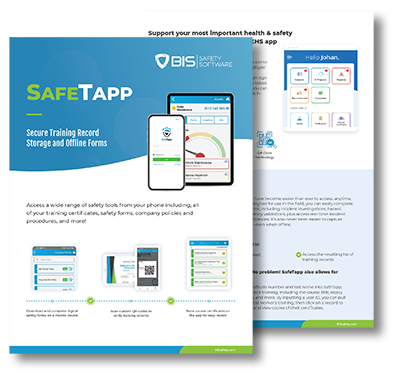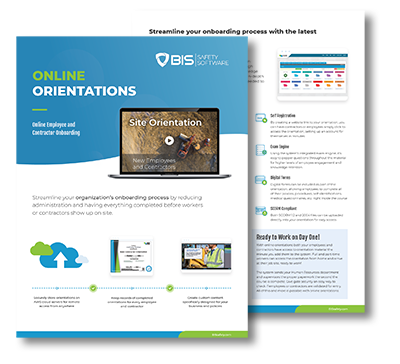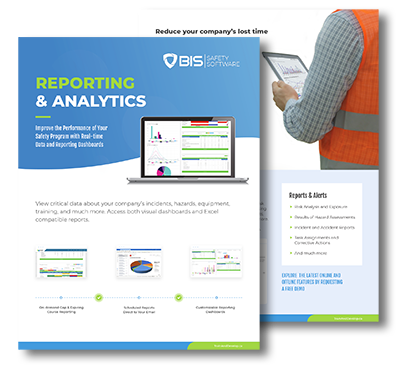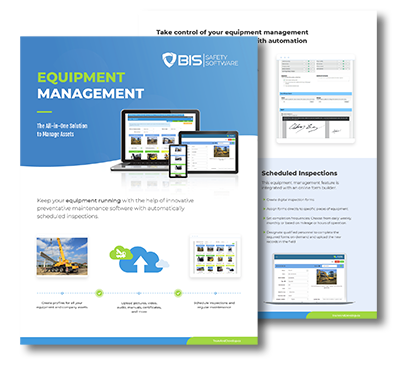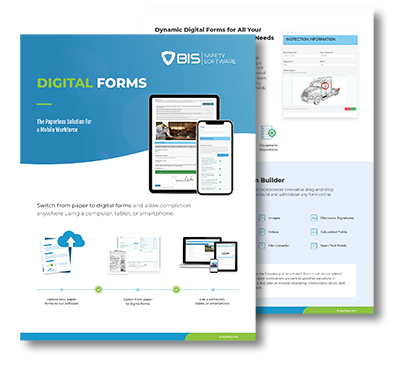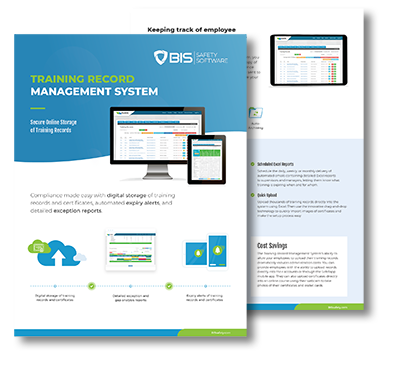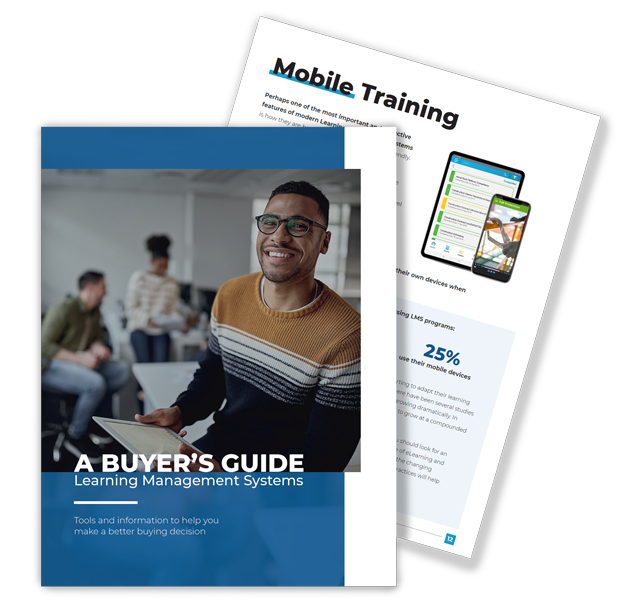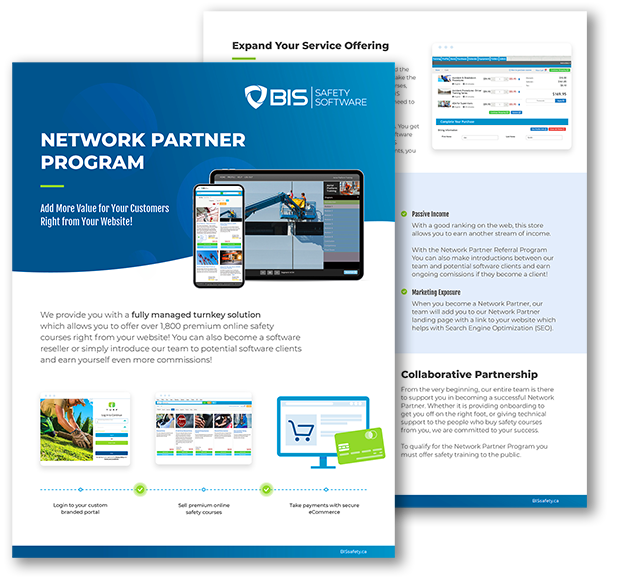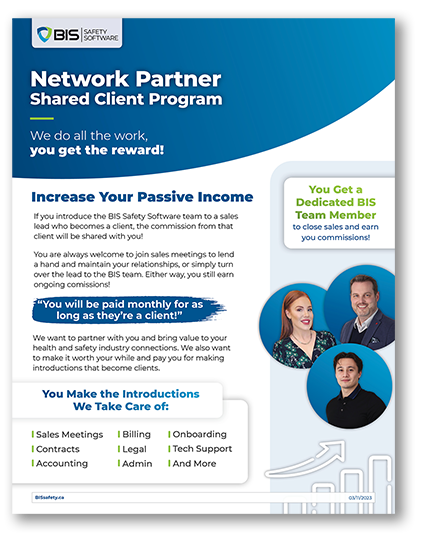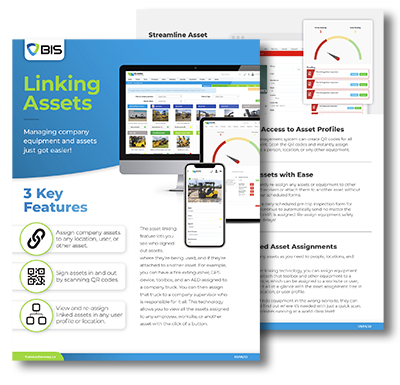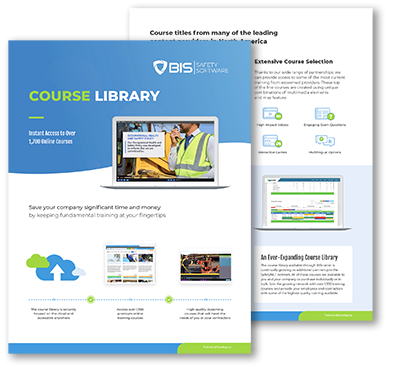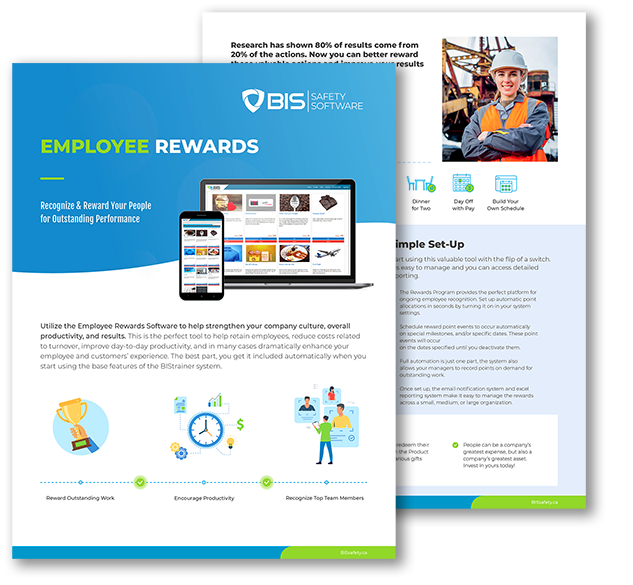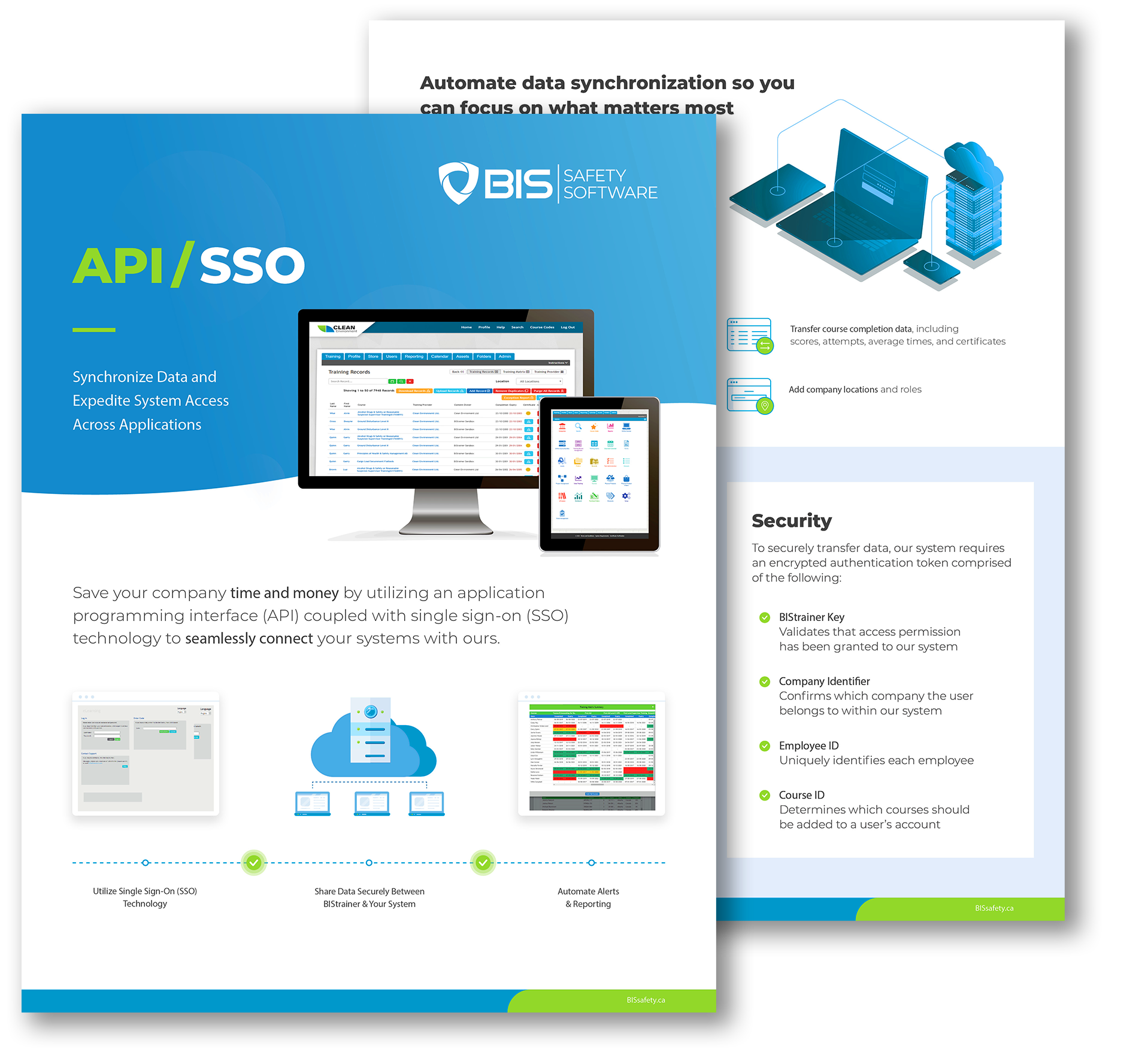WHMIS 2025
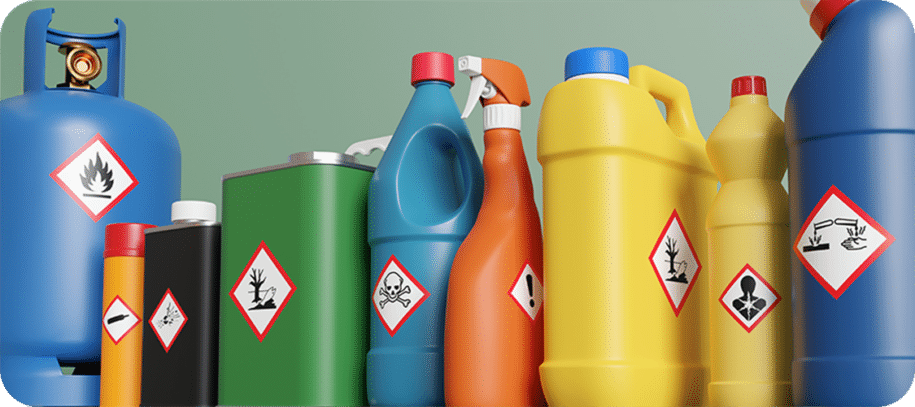
Home WHMIS 2025 Insights from Alex Hollingsworth Lorem ipsum dolor sit amet, consectetur adipiscing elit. Ut elit tellus, luctus nec ullamcorper mattis, pulvinar dapibus leo. January 10, 2025 By Luke Hillenbrand 2025 HPR Amendments Coming into Force So, what are these changes? You can read the full list, but the gist of it is the amendments keep our system aligned with the GHS and clarified points of confusion. Let’s take a closer look at some specifics: WHMIS is called WHMIS again. You don’t need to worry about the headache of having to use WHMIS 2015 in any year that isn’t 2015 for much longer. The new amendments are dropping the 2015—it’s cleaner. Going forward, you’ll hear these former versions of WHMIS referred to at the former HPR and the latest updates as the amended HPR. The name is expected to stay the same even when new amendments roll out. Changes to hazard classes and categories. The class Chemicals Under Pressure has been added to the HPA, and Flammable Aerosols is just called Aerosols (with an added category for non-flammable products). The class Pyrophoric Gases has been repealed and integrated as subcategories under Flammable Gases. Updated requirements for when suppliers become aware of significant new data. This update outlines stricter requirements for what a supplier must do when they become aware of significant new data (or information that changes the understanding of the risks) related to their products. While in the transition grace period to their new SDS/labels, suppliers are now required to prepare written documentation that outlines specific changes to the SDS or label as soon as they’re aware of the new information. Other general updates to classification and documentation. Several amendments have been made to update sections for clarity and accuracy in hazard communication. Again, you can find the full list of amendments here, as provided by Health Canada. But what does this mean? Depending on the work you do, some of these amendments will be more relevant to you than others. However, all workers, employers, and suppliers must be educated on these changes when working with hazardous products. For Employers As an employer, you have several responsibilities related to WHMIS. You must educate and train workers on how to work safely with hazardous materials and provide them with the tools and equipment to do so. The requirements for WHMIS training are set by each province or territory, so it’s important to check what’s required where you live. This could look like providing general education during on-boarding, showing workers the sites of chemical spill clean-up kits and eye wash stations, and demonstrating how to store products safely, among other things. You should also consult with your workplace’s health and safety committee or representative. It’s vital to make sure you’re doing everything to comply with the HPR and HPA. The penalties for non-compliance with WHMIS legislation are severe: Frist offences may result in a fine of up to $250,000 and/or 6 months in prison For second offences, the penalties may be a fine of up to $500,000 and/or 18 months in prison Indictable offences may come with even more severe consequences, including up to $5,000,000 in fines and/or 2 years in prison Enough to make you sweat? WHMIS shouldn’t be scary—really, it’s about clear and consistent communication. If there are lapses in hazard communication, it’s up to you to address the cause of the breakdown. For Workers For workers, it’s up to you to attend WHMIS training and follow the instructions you’ve received, which include wearing your PPE as required. Even after the amended HPR come into force, it’s important to remember WHMIS is ongoing. Taking a course once isn’t enough. Along with general education, you must receive job-specific training related to the products you work with, and training must also happen whenever there are changes to the materials or new conditions in a workplace. Refresher training should also happen on a regular basis to fight the forgetting curve. Key Takeaways Lorem Ipsum is simply dummy text of the printing and typesetting industry. Lorem Ipsum has been the industry’s standard dummy text ever since the 1500s, when an unknown printer took a galley of type and scrambled it to make a type specimen book. It has survived not only five centuries, but also Lorem Ipsum is simply dummy text of the printing and typesetting industry. Lorem Ipsum has been the industry’s standard dummy text ever since the 1500s, when an unknown printer took a galley of type and scrambled it to make a type specimen book. It has survived not only five centuries, but also Lorem Ipsum is simply dummy text of the printing and typesetting industry. Lorem Ipsum has been the industry’s standard dummy text ever since the 1500s, when an unknown printer took a galley of type and scrambled it to make a type specimen book. It has survived not only five centuries, but also Lorem Ipsum is simply dummy text of the printing and typesetting industry. Lorem Ipsum has been the industry’s standard dummy text ever since the 1500s, when an unknown printer took a galley of type and scrambled it to make a type specimen book. It has survived not only five centuries, but also As you can see, it’s important to be educated on the WHMIS amendments, whether you’ve used WHMIS for years or you’re taking it for the first time. In either case, if you find yourself needing a refresher, consider the WHMIS 2025 course from BIS. Overall, the transition to the latest WHMIS updates won’t be as dramatic as the changes were in 2015. This time, most fundamental aspects, like the pictograms, labelling requirements, and information on the SDSs remain the same. However, some products may be reclassified or moved to a new category, and it’s your responsibility to make sure products have the correct labels and SDSs. With just under a year until the deadline to move to the amended HPR, it’s a good time to begin looking at the current
A Complete Guide

Learn how to reduce workplace complacency with actionable tips and download our free guide for comprehensive strategies and insights.
Is It Cheaper to Get Safety Training Course Subscriptions in the Long Run?

Discover if safety training subscriptions save money long-term. Compare costs of accidents, industry turnover, and calculate expenses with our practical formula.
Transportation Safety

Get your team involved in Transportation Safety Week with these great ideas commercial driving companies have used increase awareness and safety!
5 Ways to Reduce Costs

Reducing EHS costs without compromising safety is not impossible, lets talk about all the ways leaders have increased safety economically.
Is it a Workplace Accident or Incident?

Is it a workplace incident or accident? Today, we answer this question and give professional tips for how to file Incident Reports in ways that have proven to mitigate future hazards.


